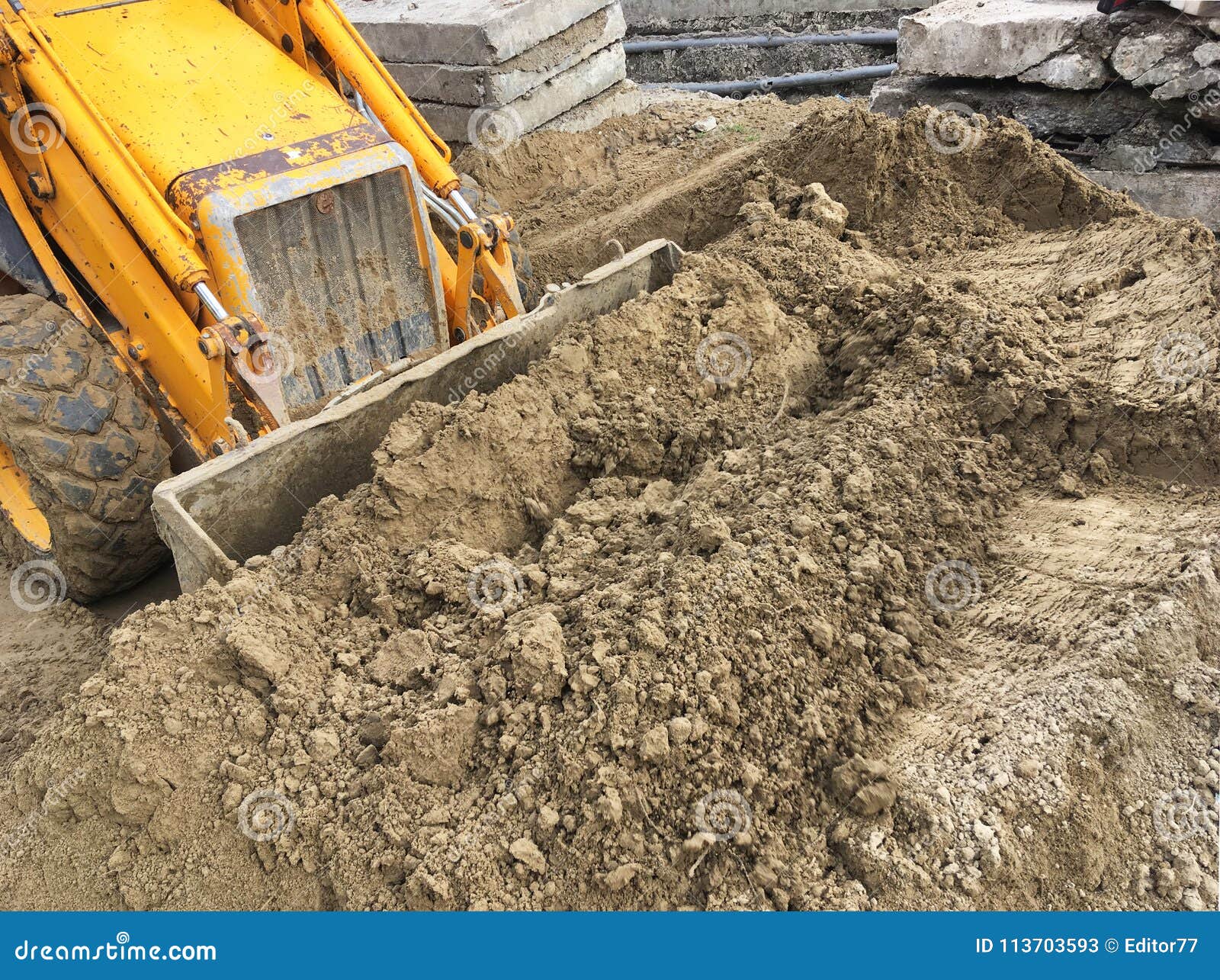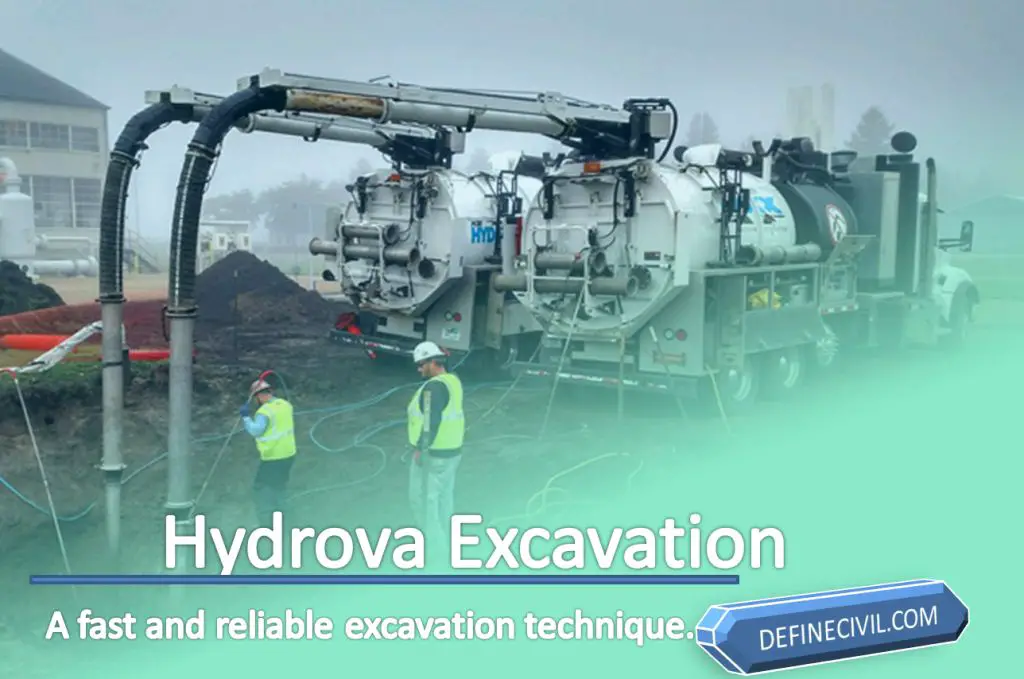6 Easy Facts About General Contractor Described
Wiki Article
5 Easy Facts About Excavating Contractors Explained
Table of ContentsFacts About Excavation Companies RevealedThe Basic Principles Of Mini Excavator More About Excavation Contractors Near MeThe smart Trick of Excavator That Nobody is Talking AboutThe Ultimate Guide To Grading Contractors


Scrapers or Pans dig deep into dirt in one location, haul and discard the soil in an additional place (demolition). It is hard to match the efficiency of scrapes for cut/fill dirt operation if the haul range is less then a mile. Scrapes are typically drawn by a rubber tire wheel tractor and also are in some cases pushed through the cut area by a bulldozer.
There are numerous times that scrapers are not utilized for site grading as well as a dump vehicle is used: the haul might be to long, the haul might go across roadways where scrapers are not allowed, acid rock may be come across, devices accessibility, and so on. Discard vehicles are in typical use and probably require little conversation.
"Rock body" beds, on the various other hand, have no tailgates and also can discard any type of size rock, although their volume capacity is lessened. Compaction Equipment enhances the density of the soil and in some instances supplies a smooth, rolled surface.
Top Guidelines Of Mini Excavator
From an easy test pit to percussion boring to core drilling the owner has progressively a lot more pricey alternatives that generate progressively much better data regarding the site underground. For instance, the Proprietor on a 100,000 SF building project might accredit twenty monotonous locations with split spoon dirt examples taken up until rock is reached and after that core samples of rock.Recognizing the kind and also top quality of rock (from the core examples) and also location of rock (from the dirts boring) is a genuine advantage in jobsite preparation. Conversely, the Owner of a 100,000 SF structure might determine to wage no geotechnical screening whatsoever. The choice concerning geotechnical testing is normally made by a Proprietor without any input from the Construction Supervisor.
An expertise of the approximate area of the rock aids the Building Manager to plan the series of actions complying with rock excavation. If rock is in one edge of a large structure job, for example, the earth excavation could start at the opposite end of the building in order to begin structure work soonest.
Starting the structure work early would be an excellent concept if the rock can be eliminated by tearing. If the rock is very hard as well as requires considerable blasting, it might be prudent to hold structure job till the blasting is completed. The Building Manager should collaborate these sorts of decisions and also utilize all the technological date offered.
The 30-Second Trick For Excavation Contractors Near Me
Unclassified excavation specifies that all rock or various other unexpected materials (excluding unsafe products) experienced in the sitework will be the responsibility of the Contractor at no change in agreement price. An unidentified excavation is less complex from a book-keeping perspective and also places the obligation for geotechnical problems onto the Sitework Contractor.It's impressive what a hefty rainfall can do to a construction job. Prior to the rainfall, the website might be dry, heavy tools efficiently moving planet, the various other professions efficiently executing their job.
In most areas of the world, the Construction Supervisor need to bear in mind an easy truth: IT WILL CERTAINLY RAIN. Good preparation can minimize the damage and disruption of a heavy rain to a jobsite. Typically the excavation as well as grading is left to the Sitework Professional (as well as their Foremen is liable to manage and guide the heavy devices as well as operators).
The Construction Manager have to be continually conscious of what rain will certainly do to the project website. It is not uncommon for the Sitework Foreman to function their heavy equipment for optimal performance as well as wish it does not rainfall. Among the very best means to get ready for rain is to incline all qualities to drain pipes as well as to smooth rolled the surface before a rain.
The 4-Minute Rule for Grading Contractors
The Construction Supervisor must be well-balanced enough to guarantee that hefty rainfall does not quit job on the job longer than essential. Daily conversations with Sitework Foremen might be called for to attain this objective. Whenever excavation is More Info needed below the existing groundwater level on a project, the process of dewatering should be considered.In a really cohesive dirt, the water takes a trip so gradually through the clay or silt that dewatering is not typically required for the relatively brief original site time of excavation. Dewatering might be required for a single ground excavation or for a whole task website. The most typical dewatering techniques are trench drains pipes, deep wells and also well points.

Ground water infiltration can likewise be decreased by cutoff approaches such as sheet stacking. The prices for dewatering can be incredible, including tools leasing, labor and also electrical energy (or fuel). High dewatering expenses have actually faded the revenue margins on far also lots of tasks. The numerous variables listed here make the job of approximating dewatering costs very difficult, and really inexact.
This choice should constantly be thought about when examining the prospect of dewatering. Clearly the choice is just practical if gravity can run the water to reduced ground. Trench drains can be reduced with a backhoe and loaded with a coarse, granular product why not check here (# 4 rock for instance), however care has to be exercised in choosing the water outlet kind and area.
The smart Trick of General Contractor That Nobody is Talking About
A siphon, by interpretation, utilizes air pressure to lug water from one elevation, up over a barrier, to a lower altitude. The pipes in a siphon system must be closed and some resourcefulness is commonly required to totally fill the siphon pipe. The siphon pipeline must be complete for the siphon to begin.A deep well consists of a pump, hose and a vertical well casing. The pump intake is at the base of the well covering (usually some smashed rock is put there as a filter medium) (general contractor). The water is pumped up the tube, out of the well housing, as well as to an ideal discharge area.
In a coarse sand, for instance, a large area can be pumped to near the pump intake altitude. A much less absorptive soil, on the other hand, minimizes the performance of a deep well. Because the pump is normally at the end of the deep well, there are no elevation constraints due to vacuum lift, as well as deep wells can reduce the groundwater over 50 feet.
On the base of the wellpoint there is a 2 foot long screen and valve, water jets out of this valve and produces a hole into which the wellpoint pipeline can be reduced. This opening is often made a bigger diameter (for instance 10 inches) to permit for a rugged sand backfill to help filter the water (grading contractors).
Report this wiki page